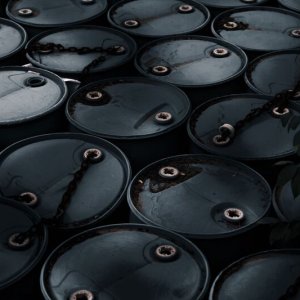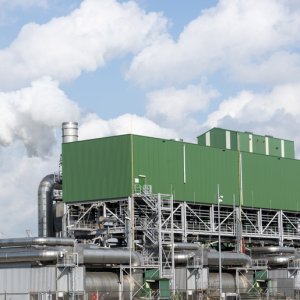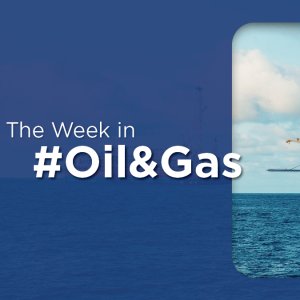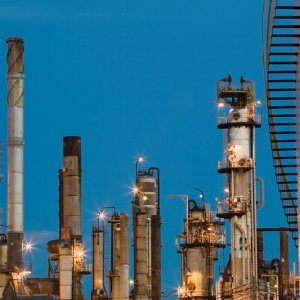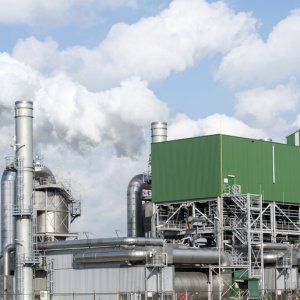
PEMEX Capably Navigates Rough Waters
Almost four years into its transition to a productive enterprise, PEMEX is a story replete with successes and failures. It has successfully partitioned itself into separate business units to tackle the various opportunities emerging from the Energy Reform. It has successfully entered into necessary partnerships that complement its strengths and make up for its weaknesses. And it has discovered oil, its main purpose, after all. Along the way, it has run into hurdles. It has failed to deliver on all its commitments from the rounds, gaining extensions to give itself more time. It remains deeply in the red and a reversal of its production decline is still years away.But it has charted a course to navigate these rough waters with a Five-Year Plan to 2021 that is geared toward a more streamlined business and ultimately, profitability. “PEMEX’s business plan before the 2013 Energy Reform was directed at attaining specific hydrocarbons production targets, improving process efficiency, satisfying the country’s energy demand with a competitive-cost structure and strengthening the company’s social responsibility policies,” says Javier Hinojosa, Director General of PEMEX E&P. “After the reform, new conditions focused PEMEX’s operations toward businesses that generate higher value. Our business plan after the Energy Reform was designed under a profitability target and an open market vision, recognizing the possibility of creating alliances or associations to reinforce PEMEX’s capabilities to achieve its targets in this competitive environment.” To help steer the ship to its goals, the government appointed Carlos Treviño, a PEMEX insider, as its new CEO, replacing José Antonio González Anaya, who was appointed Finance Minister in November 2017. Treviño, a former Corporate Director of Management and Services at the productive enterprise of the state, took the helm in November, reassuring markets that he would maintain the course devised by his predecessor.
THE PLAN
To shore up its finances in line with a tighter budget, PEMEX devised a five-year plan in 2016 that it updated in 2017, setting out the parameters for its eventual return to black ink. The plan foresees the NOC achieving financial balance in 2019. It also sets out the strategy to overcome losses to the national refining system, related to the steep decline in production from the Cantarell field. The “proposed actions will allow the replacement of Cantarell’s natural declining production to stabilize it and increase it in the medium-term, in addition to streamlining its refineries’ operation therefore eliminating losses in the National Refining System by 2021,” PEMEX states By the time of the update in March, the company had already enjoyed some breakthroughs. It launched its first farmouts, with Trion in deepwaters, Ayin-Batsil in shallow waters and Cárdenas-Mora-Ogarrio onshore. The NOC also attracted increased confidence from international markets, with its assessed risk falling 50 percent, a sign that global investors believe the enterprise is on a solid footing. The plan, initiated under former CEO González Anaya, also encourages the creation of joint ventures along PEMEX’s entire value chain as a way to boost investment and efficiency, which was also a goal of the Energy Reform. “The Energy Reform has provided PEMEX with the necessary tools to build associations and to venture into technologically-challenging or financially-robust projects along with partnering companies. The reform has provided PEMEX with the possibility to compete for E&P contracts in CNH’s licensing rounds and the NOC has obtained 11 contracts in partnership with seven IOCs so far, with a projected investment that totals US$17.5 billion,” says Pedro Joaquín Coldwell, Minister of Energy.
THE RISKS
To face its future, the NOC must understand its present and the hurdles it faces as the market consolidates. In its 1Q18 financial filing to the US Securities and Exchange Commission (SEC), Mexico’s largest company outlined the risks it faces going forward. At the top of the list is the price of crude oil and natural gas. “While prices have begun to stabilize or even trend upwards, they still remain significantly lower than 2014 levels. Any future decline in international crude oil and natural gas prices will have a similar negative impact on our results of operations and financial condition,” the company said in its report. In 2017, the weighted average price for Mexican crude oil was about US$46.73 per barrel, rising to US$56.19 per barrel on December 29, 2017. During the first three months of 2018, the weighted average was US$56.82 per barrel, an increase of US$10.94 per barrel as compared to the 2017 weighted average, the NOC pointed out.
Its debt load remains another hurdle that could hinder efforts to obtain favorable financing terms, a fact that could impact important areas of its business, as it will need capital to fund its hydrocarbons reserves development. “The sharp decline in oil prices that began in late 2014 has had a negative impact on our ability to generate positive cash flows, which, together with our continued heavy tax burden and increased competition from the private sector, has further exacerbated our ability to fund our capital expenditures and other expenses from cash flow from operations,” it said in the SEC report. The company posted debt totaling US$106.3 billion in the first quarter of 2018, although this was down 4.3 percent compared with the same period a year earlier. Still, ratings agencies are wary. Moody’s in May assigned the company a Baa3 credit rating, unchanged from its previous rating, citing “weak liquidity, a heavy tax burden … and challenges related to crude production.” However, in a positive sign, the ratings agency changed the outlook for the NOC’s ratings to stable from negative.
PEMEX also faces increased competition in almost every area of its business, a scenario that was unthinkable during its monopolistic heyday. To face this new landscape, the NOC is tapping international experience to share risk and gain the experience it needs to continue growing in a competitive market. “PEMEX realizes that it should not produce for production’s sake. It understands it has to generate economic value and therefore start prioritizing projects. This mentality has definitely changed for the better and this top-down directive is what made the difference,” says Palma Méndez, Country Manager of Wood Mackenzie.
An ongoing concern for 2018 will be the path taken by the new presidential administration in the country. The company and pundits alike are waiting to see how economic policies will unfold, and their potential impact on the oil and gas industry. “We cannot provide any assurances that political developments in Mexico will not have an adverse effect on the Mexican economy or oil and gas industry and, in turn, our business, results of operations and financial condition, including our ability to repay our debt,” PEMEX stated.
